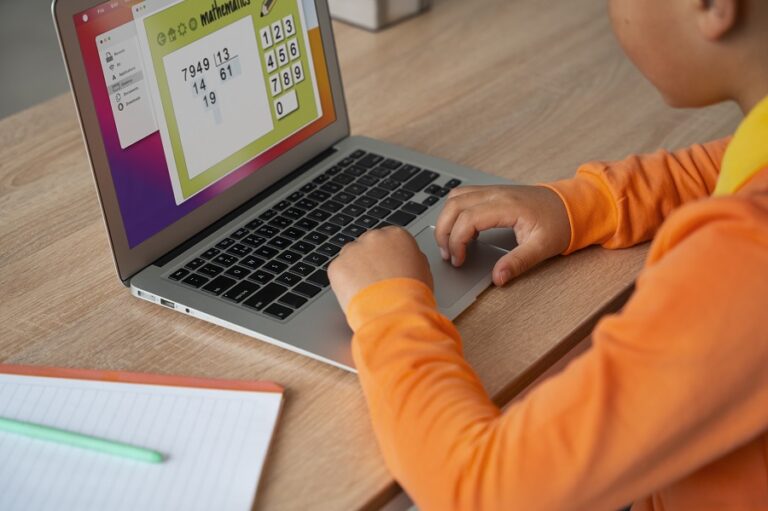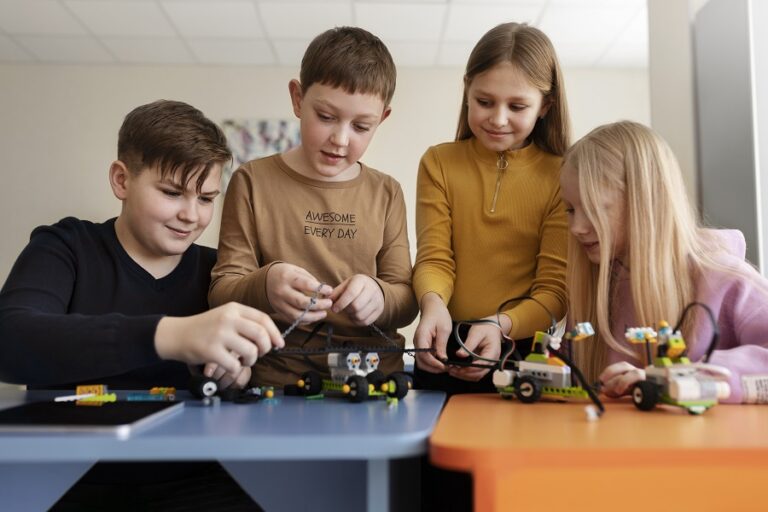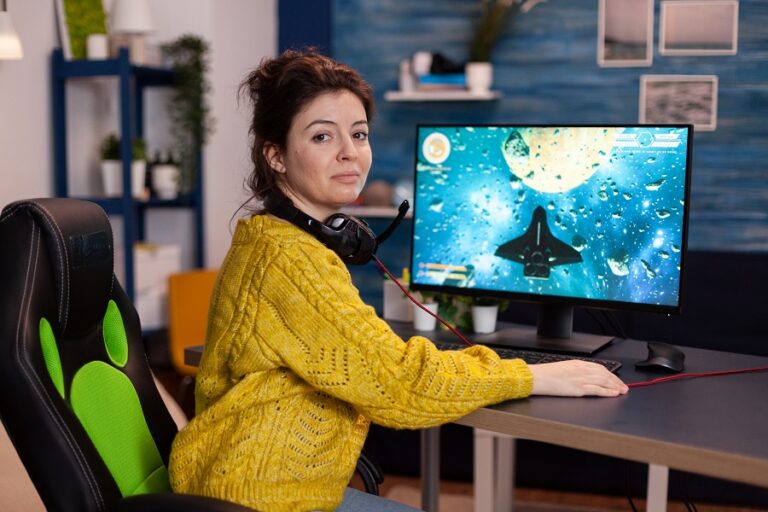The Role of Simulation Games in Developing Critical Thinking in Students
In the ever-evolving world of education, teachers and parents are constantly looking for ways to make learning more interactive and meaningful. Among the most effective methods gaining popularity is the use of simulation games in educational settings. These games immerse students in realistic environments, requiring them to make decisions, analyze consequences, and adapt their strategies—skills essential to critical thinking.
Simulation games are not just about fun; they are powerful learning tools that help students develop problem-solving abilities, analytical reasoning, and decision-making under pressure. In this article, we’ll explore how simulation games help students enhance their critical thinking skills, their educational benefits, and examples of games that make learning both fun and impactful.
What Are Simulation Games?
Simulation games mimic real-life scenarios, systems, or events. These games require players to make decisions and take actions in a controlled, virtual environment where consequences unfold based on their choices. This could range from managing a city, running a business, performing surgery, or even navigating historical events.
Unlike traditional video games that focus on entertainment or speed, simulation games emphasize logic, planning, and learning from trial and error. These games provide safe environments for experimentation, allowing students to explore complex problems without real-world risks.
Why Simulation Games Enhance Critical Thinking
Critical thinking is the ability to analyze facts, assess information, and make reasoned judgments. Simulation games naturally promote this by placing students in situations where they must:
- Assess available information
- Consider multiple outcomes
- Plan and test solutions
- Reflect on successes and failures
- Adjust strategies based on feedback
In this process, students are not passively memorizing facts—they are actively engaging with content and learning through experience.
Key Benefits of Simulation Games in Education
1. Decision-Making Skills
Simulation games often revolve around cause-and-effect relationships. Whether managing resources in a farming simulator or solving a crisis in a hospital management game, students learn to weigh choices and think ahead.
2. Problem-Solving and Strategy
Players must often solve problems creatively. This may involve managing limited resources, dealing with unexpected events, or optimizing performance in complex systems. These challenges encourage students to develop logical strategies and improve adaptability.
3. Engagement and Motivation
Because simulation games are immersive and interactive, students feel more engaged. When learners are interested, they are more likely to absorb knowledge and retain information for longer periods.
4. Real-World Application
Many simulation games are designed around real-world processes—economics, politics, urban development, healthcare, or environmental management. This practical connection helps students apply classroom concepts to real situations.
5. Safe Learning Environment
In simulations, mistakes are not punished but seen as opportunities for learning. This reduces the fear of failure and encourages students to experiment with different solutions.
6. Collaboration and Communication
Many simulations are multiplayer or involve team-based tasks, promoting collaboration, negotiation, and communication—skills that go hand-in-hand with critical thinking.
Examples of Simulation Games That Foster Critical Thinking
1. SimCity
In this classic city-building game, students take on the role of a mayor responsible for managing a city’s infrastructure, budget, population, and services. Players must make decisions that balance growth with sustainability and learn how different sectors interact.
Skills developed: planning, economic reasoning, urban management
2. Minecraft Education Edition
This sandbox game allows students to explore math, history, science, and architecture through creative tasks and problem-solving challenges. It promotes critical thinking as students build, experiment, and interact with their virtual environments.
Skills developed: spatial reasoning, creativity, collaboration, logical sequencing
3. The Sims
While often seen as entertainment, The Sims helps students understand human behavior, time management, and decision-making. Players simulate daily life, careers, and relationships while managing needs and goals.
Skills developed: planning, empathy, resource management
4. Civilization VI
This turn-based strategy game teaches students about historical civilizations, diplomacy, war, and technological progress. Players must lead a civilization from the ancient world to modern times, making choices that affect their society’s future.
Skills developed: strategic thinking, historical knowledge, cause-effect reasoning
5. Flight Simulator
Used in aviation training, this game offers a realistic flying experience. It helps students learn about geography, physics, and mechanical systems. Real-time problem-solving is essential for success.
Skills developed: attention to detail, procedural thinking, decision-making under pressure
6. RollerCoaster Tycoon
Students create and manage their amusement park, focusing on design, customer satisfaction, budgeting, and resource allocation. This game introduces entrepreneurial and financial concepts in an engaging way.
Skills developed: business logic, spatial design, budgeting
Integrating Simulation Games into the Classroom
Educators can use simulation games as part of a broader lesson plan to reinforce concepts in science, history, economics, and more. These games can serve as introductory tools, project-based assignments, or revision activities. For maximum effectiveness:
- Set clear learning goals before introducing a game
- Discuss the game’s real-world relevance with students
- Encourage reflection after gameplay—what worked, what didn’t, and why
- Use games as a springboard for group discussions and presentations
Tips for Parents and Educators
- Choose age-appropriate and educationally relevant games
- Monitor playtime to ensure it complements learning goals
- Talk to students about their in-game decisions and reasoning
- Encourage collaboration and teamwork in multiplayer simulations
- Balance screen-based learning with traditional activities
Conclusion
Simulation games are much more than entertainment—they are dynamic educational tools that develop critical thinking, problem-solving, and real-world skills in students. By simulating real-life challenges, these games teach students how to make informed decisions, adapt to new information, and think strategically.
As technology continues to evolve, the integration of simulation games in education will become more common and more refined. Parents and educators who embrace this approach can offer learners a rich, engaging, and effective pathway to building critical thinking skills that will serve them for life.






